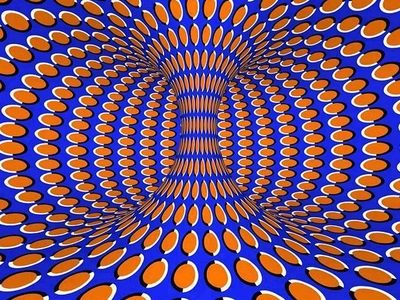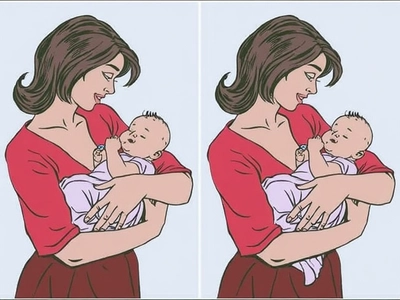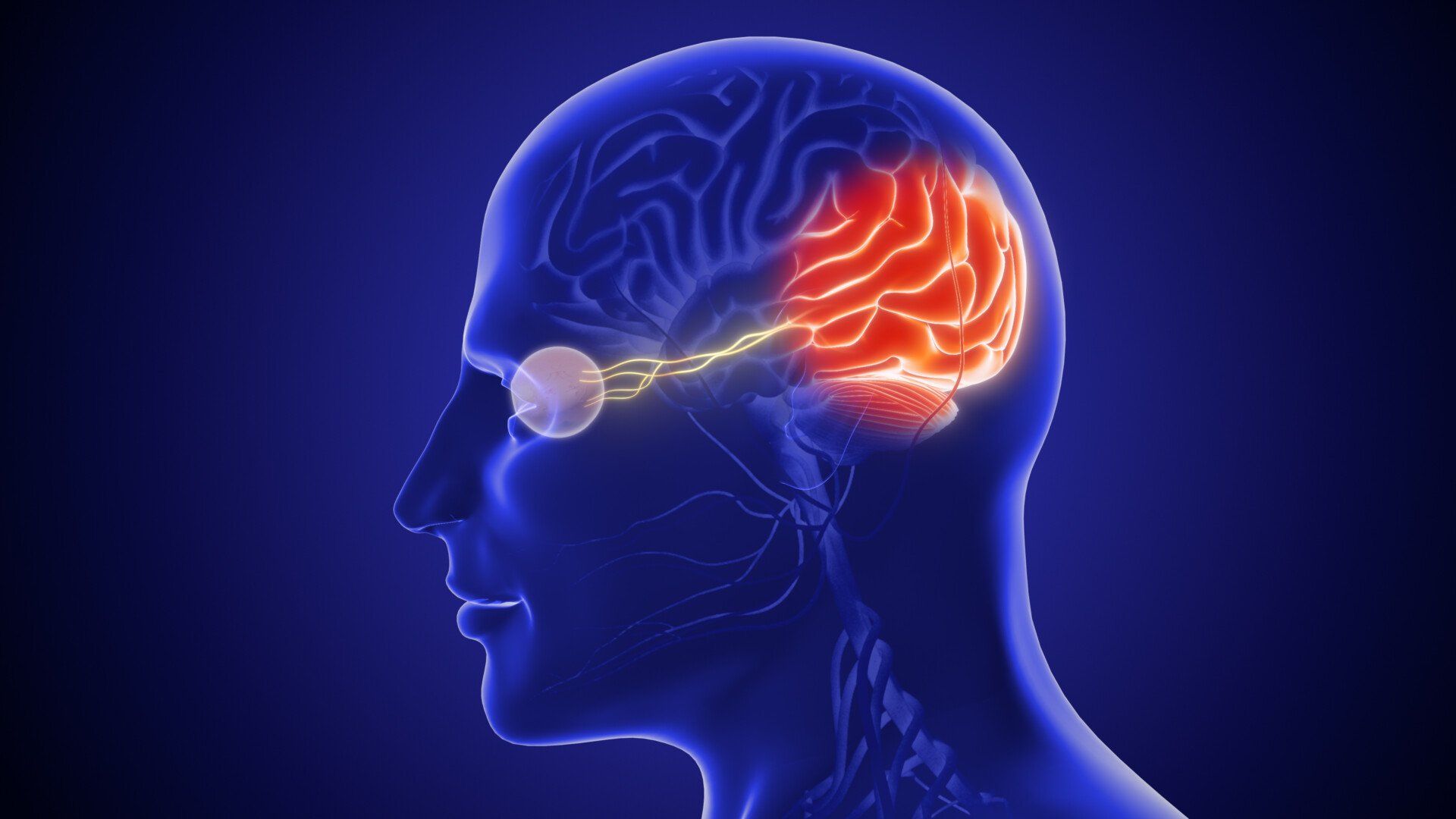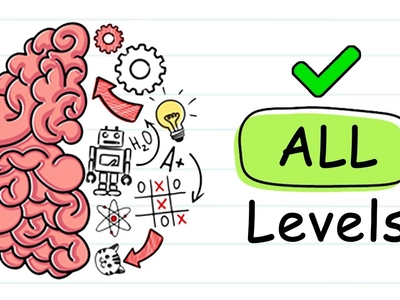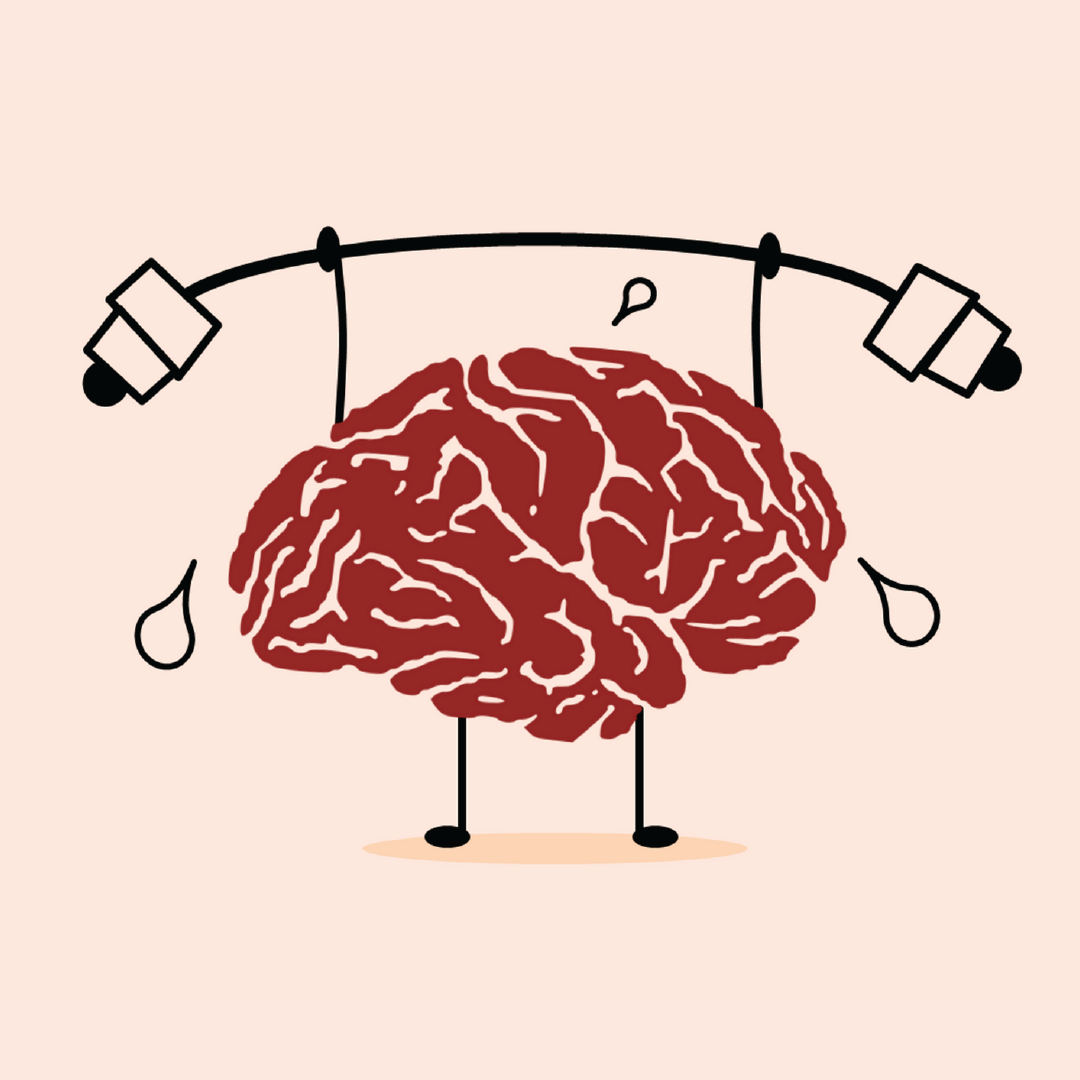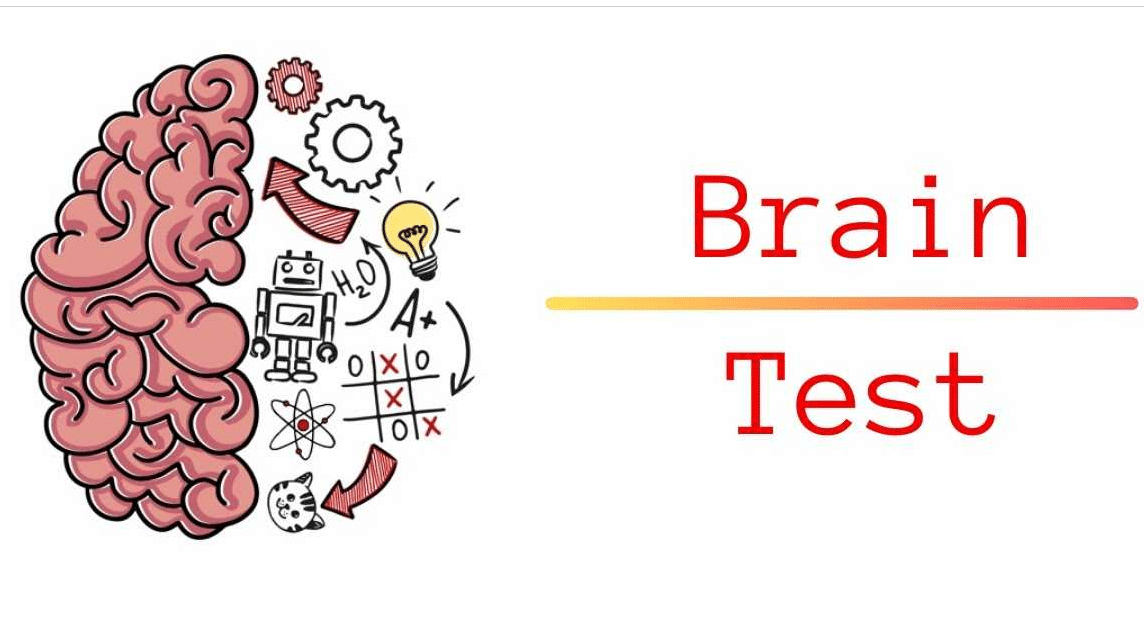Why Your Brain Is Hiding Information That's Right In Front Of You (And What You're Missing)
Your brain is lying to you right now. And it's not the first time.
Every second of every day, your visual system processes millions of bits of information, yet you're consciously aware of only a fraction of what's actually in front of you. That hidden face you just discovered in the optical illusion? It was always there. Your brain simply decided you didn't need to see it.
This isn't a glitch in your mental software—it's a feature. But understanding why your brain filters out information that's literally staring you in the face reveals something profound about human perception and the invisible forces shaping your reality.
The Great Visual Cover-Up
Psychologists call it "inattentional blindness," but that clinical term doesn't capture the sheer audacity of what's happening. Your brain is essentially playing editor with your visual experience, cutting out entire scenes from the movie of your life.
In the famous "Invisible Gorilla" experiment by psychologists Daniel Simons and Christopher Chabris, participants watched a video of people passing basketballs. Half the viewers completely missed a person in a gorilla suit walking directly through the scene, beating their chest at the camera. The gorilla was visible for nine full seconds.
Nine. Full. Seconds.
These weren't people with vision problems or attention disorders. They were intelligent adults whose brains made an executive decision: "This gorilla? Not important. Delete it from conscious awareness."
Your Brain's Ruthless Efficiency
Here's the uncomfortable truth: your brain evolved to keep you alive, not to show you everything. In a world where missing a predator meant death, the ability to filter out "irrelevant" information was literally a matter of survival.
Your visual system processes about 10 million bits of information per second, but your conscious mind can only handle about 40 bits per second. That's like trying to drink from a fire hose through a straw. Something has to give.
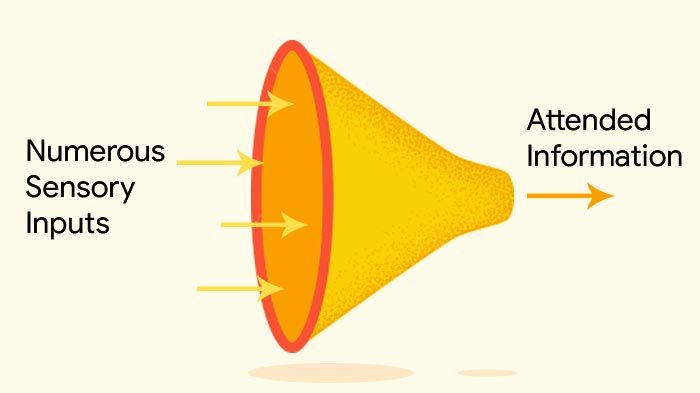
So your brain makes shortcuts—cognitive heuristics that help you navigate the world quickly. It fills in gaps, makes assumptions, and yes, hides information it deems unnecessary. When you look at those concentric circles, your brain sees "pattern" and stops looking deeper. It's already moved on to the next visual problem.
The Hidden Cost of Mental Shortcuts
This filtering system that once kept your ancestors alive might be limiting your potential today. Consider what else your brain might be editing out:
- Opportunities disguised as problems
- Solutions hiding in plain sight
- People who don't fit your unconscious bias patterns
- Details that could change everything
That promotion you thought was impossible? The creative solution to your biggest challenge? The person who could become your closest friend? They might all be right there, waiting in your peripheral vision, filtered out by a brain that's too busy looking for "important" patterns.
The Paradox of Focused Attention
The same mechanism that helps you focus on reading this article is the one that makes you miss everything else. Attention is like a spotlight in a dark room—it illuminates one area brilliantly while leaving everything else in shadow.
Researchers have found that people who are highly focused on a task become essentially blind to unexpected events. The more intensely you concentrate, the more your brain filters out. It's a cruel irony: the harder you try to pay attention, the more you might miss.
Breaking Free from Your Brain's Censorship
So how do you outsmart your own visual system? How do you see what your brain doesn't want you to see?
Change your perspective—literally. When you look at something from a different angle, your brain has to rebuild its assumptions. That's why taking a step back (or to the side) can reveal hidden patterns.
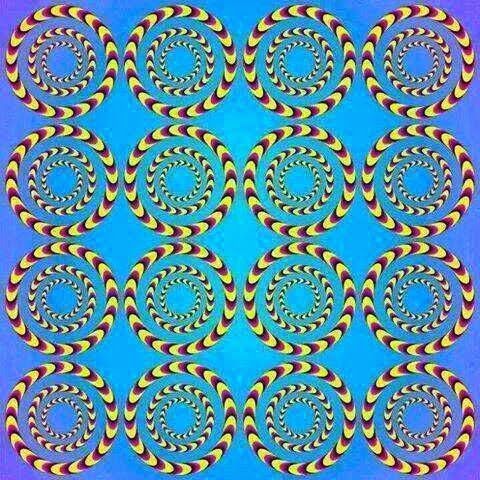
Question your first impression. Your brain's pattern recognition is lightning-fast but not infallible. That "obvious" conclusion might be hiding something more interesting.
Embrace the unexpected. Train yourself to notice when something doesn't fit. Those anomalies your brain wants to ignore often contain the most valuable information.
Practice peripheral awareness. Instead of focusing intensely on one thing, try to maintain soft focus on the entire visual field. It's like switching from a flashlight to a lamp.
The Bigger Picture
That hidden face in the optical illusion isn't just a party trick—it's a window into how your mind constructs reality. Every day, your brain is making thousands of decisions about what deserves your attention and what doesn't. Most of the time, you're not even aware it's happening.
The question isn't whether your brain is filtering information—it absolutely is. The question is: what important things might you be missing while you're busy looking at what your brain thinks is important?
The next time you catch yourself saying "I never noticed that before," remember: it wasn't that the thing wasn't there. It was that your brain decided you didn't need to see it.
Until now.
Your visual system is both your greatest asset and your biggest blind spot. Understanding its limitations isn't just fascinating—it's essential for anyone who wants to see the world as it really is, not just as their brain thinks it should be.
So the next time someone shows you an optical illusion, don't just look for the hidden image. Ask yourself: what else might be hiding in plain sight in your everyday life?
The answer might surprise you. If your brain lets you see it.
